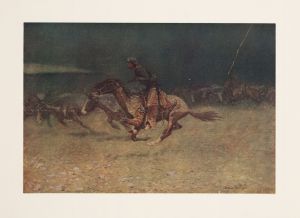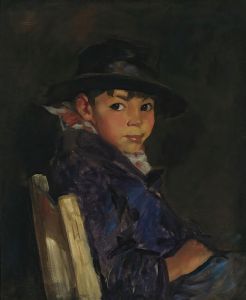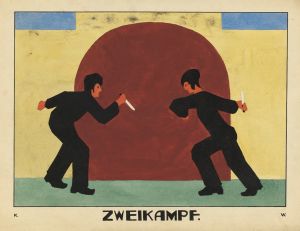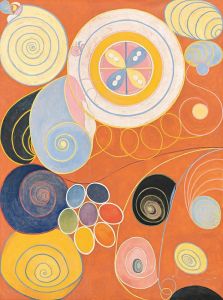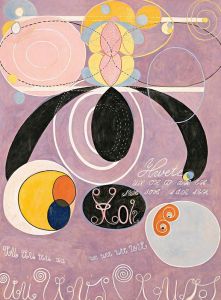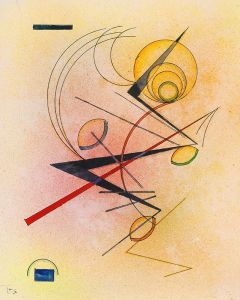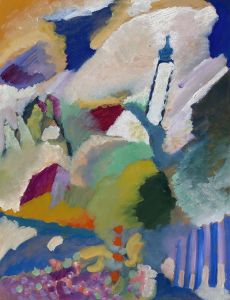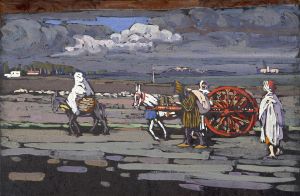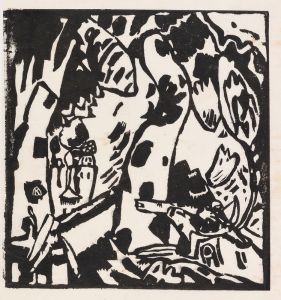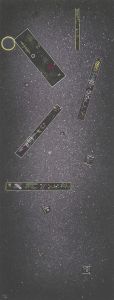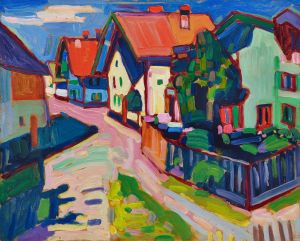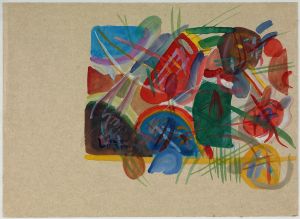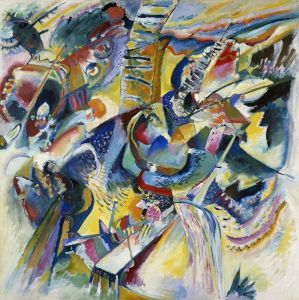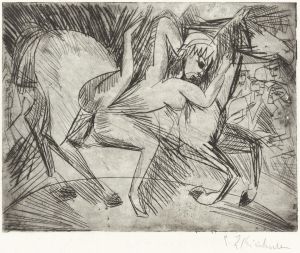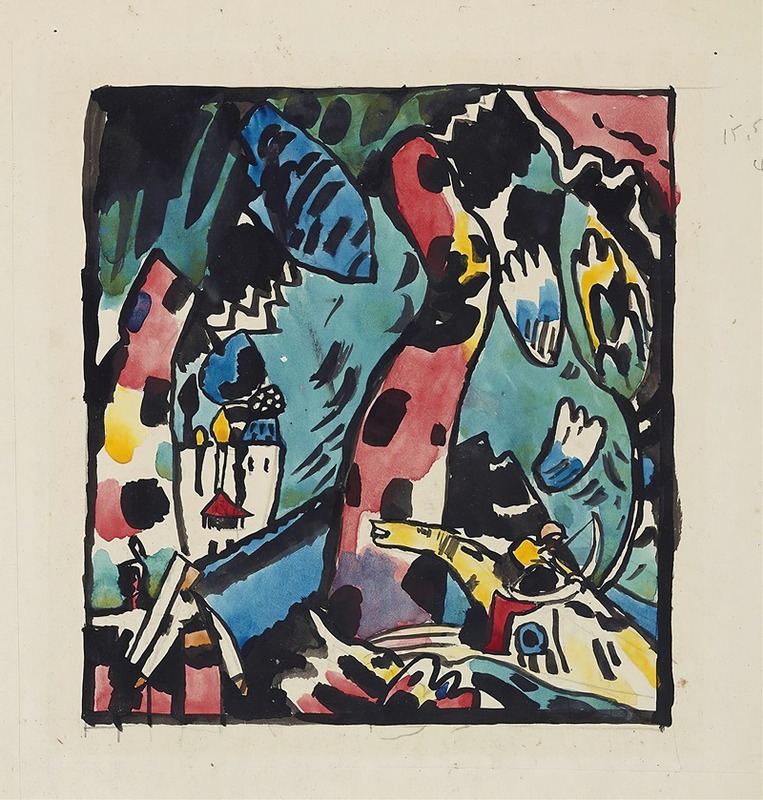
Design for the color woodcut ‘Archer’
A hand-painted replica of Wassily Kandinsky’s masterpiece Design for the color woodcut ‘Archer’, meticulously crafted by professional artists to capture the true essence of the original. Each piece is created with museum-quality canvas and rare mineral pigments, carefully painted by experienced artists with delicate brushstrokes and rich, layered colors to perfectly recreate the texture of the original artwork. Unlike machine-printed reproductions, this hand-painted version brings the painting to life, infused with the artist’s emotions and skill in every stroke. Whether for personal collection or home decoration, it instantly elevates the artistic atmosphere of any space.
Wassily Kandinsky, a pioneering figure in abstract art, created the color woodcut titled "Archer" during a period of significant artistic exploration and innovation. Kandinsky, born in Moscow in 1866, initially pursued a career in law and economics but shifted his focus to art in his thirties. He moved to Munich in 1896 to study painting, where he became deeply involved in the avant-garde art scene.
Kandinsky's work is often associated with the development of abstract art, and he is considered one of the first artists to create purely abstract works. His artistic philosophy was heavily influenced by his synesthetic experiences, where he perceived colors and sounds as interconnected. This unique perspective informed his approach to art, leading him to explore the emotional and spiritual effects of color and form.
The woodcut "Archer" is a part of Kandinsky's exploration of printmaking, a medium he utilized to experiment with color and composition. Woodcuts, a traditional printmaking technique, involve carving an image into a wooden block, applying ink, and pressing it onto paper. This method allows for bold contrasts and dynamic compositions, which suited Kandinsky's interest in abstraction and expression.
"Archer" reflects Kandinsky's transition from representational art to abstraction. While the title suggests a figurative element, the work itself emphasizes geometric shapes and vibrant colors over realistic depiction. This approach aligns with Kandinsky's belief that art should transcend the material world and evoke deeper emotional and spiritual responses.
During the time "Archer" was created, Kandinsky was involved with the Blue Rider (Der Blaue Reiter) group, which he co-founded with Franz Marc in 1911. This group of artists sought to express spiritual truths through their art, emphasizing the use of color and form to convey emotion rather than relying on representational accuracy. The Blue Rider group played a crucial role in the development of Expressionism and abstract art in the early 20th century.
Kandinsky's work, including "Archer," was influenced by various artistic movements and cultural experiences. His exposure to Russian folk art, the Symbolist movement, and his interest in Theosophy and spirituality all contributed to his distinctive style. These influences are evident in his use of symbolic imagery and his focus on the spiritual potential of art.
The color woodcut "Archer" exemplifies Kandinsky's innovative approach to art, where he sought to create a visual language that communicated beyond the physical realm. His work laid the groundwork for future generations of abstract artists and continues to be celebrated for its pioneering spirit and profound impact on the art world.
Kandinsky's legacy as a founder of abstract art and his contributions to modern art theory are widely recognized. His exploration of color, form, and spirituality in works like "Archer" remains influential, inspiring artists and art enthusiasts to consider the deeper meanings and emotional resonances of abstract art.





